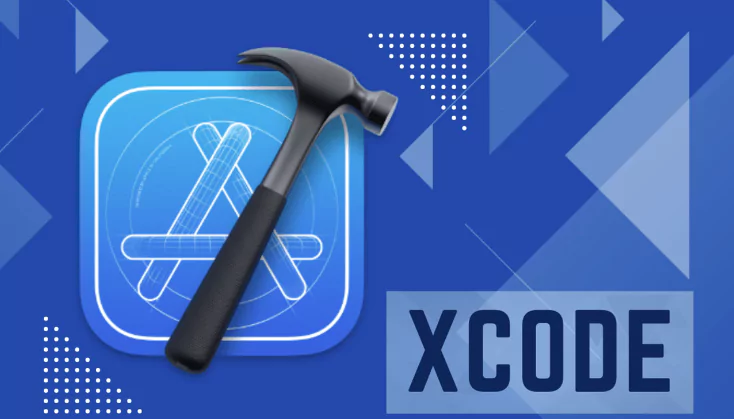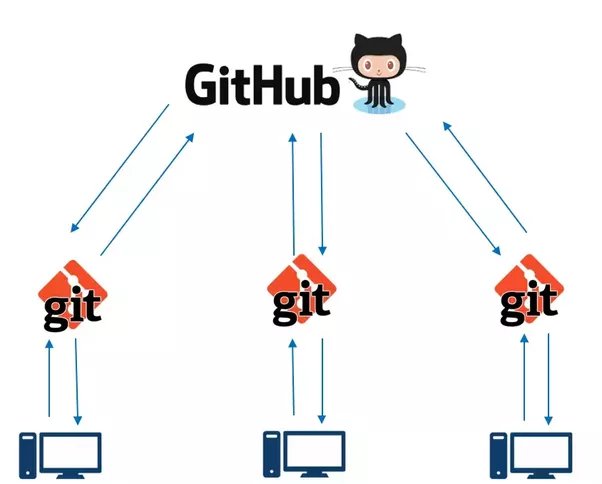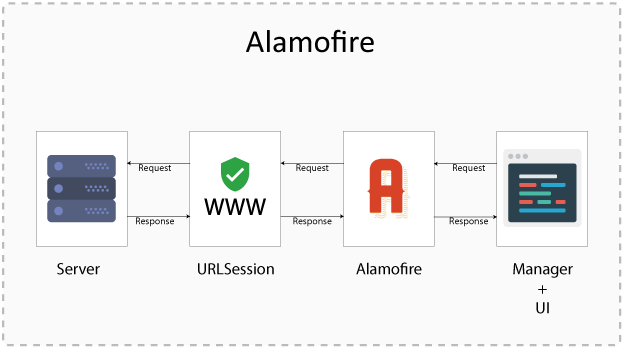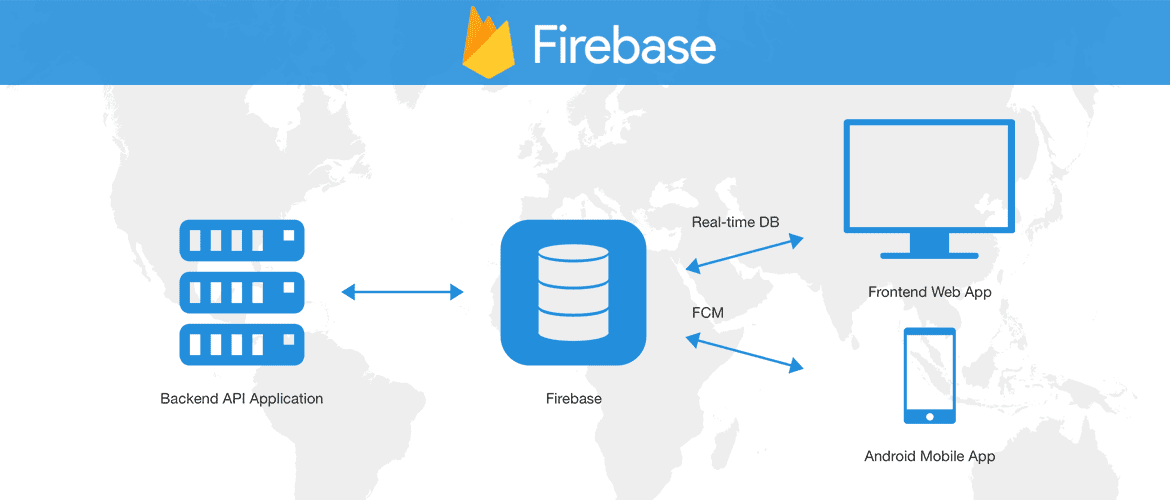iOS App Development Tools to develop a robust iOS App
Posted on March 22, 2024 at 04:54 PM

Introduction
The world of iOS app development is a maze of tools, libraries, and best practices. Aspiring to master this realm can seem daunting. Every developer is on a quest to build apps that are robust, efficient, and user-friendly. But without an understanding of the right tools to use, even the most brilliant ideas can get lost in translation from concept to code.
This techno landscape keeps evolving, but certain tools have proven themselves as indispensable components of an iOS developer’s toolkit. These tools simplify tasks, streamline collaboration, handle intricate network calls, and play a crucial role in understanding user behavior.
Whether you’re just getting started on your iOS app development journey or have been navigating this space for a while, knowing these essential tools will empower you to create more compelling, efficient, and reliable applications. Don’t let the maze daunt you. Let’s dive in and explore them together.
Essential Tools for iOS App Development
To develop a robust iOS app, it’s important to utilize the right set of tools that will help make your development process streamlined and efficient. Each tool has its specific functionality and provides unique benefits to enhance your project’s overall quality. Let’s explore some essential iOS app development tools and discuss their features, advantages, and use cases.
Xcode

Xcode is the official integrated development environment (IDE) provided by Apple for iOS and macOS app development. It offers a comprehensive set of features that allow you to create not only functional but visually appealing apps as well.
Key features of Xcode include:
- Interface Builder: A visual tool for designing user interfaces without writing any code. It allows you to create and edit interface components like buttons, labels, and views, adjusting their properties and positioning with ease.
- SwiftUI: A modern and powerful framework integrated into Xcode for designing user interfaces using Swift code. SwiftUI automatically updates the appearance of your app when the device settings change, making it easier to support various screen sizes, accessibility features, and more.
- XCTest framework: A built-in testing framework in Xcode that helps developers create and run unit tests for their iOS apps, ensuring the stability and reliability of the app’s code.

The benefits of using Xcode for iOS app development include a vast array of resources, built-in support for the latest Apple technologies and frameworks, and continuous updates from Apple to ensure your projects are always up-to-date with the latest tools and best practices.
Swift
Swift is a fast, powerful, and easy-to-learn programming language developed by Apple for building iOS and macOS apps. It provides a syntax and structure that allows you to write cleaner, safer, and more expressive code than its predecessor, Objective-C.
Advantages of using Swift for iOS app development include:
- Readability: Swift’s clear and concise syntax makes your code easy to read and understand. This improves maintainability and collaboration among team members.
- Performance: Swift is designed to be fast and efficient, ensuring your apps are responsive and consume fewer system resources.
- Safety: Swift helps prevent common programming errors and bugs with features like optionals, type inference, and error handling, leading to more stable and reliable apps.
One of the latest features in Swift is SwiftUI, a user interface toolkit that simplifies UI development using a declarative syntax. By integrating Swift with SwiftUI, you can create stunning and consistent interfaces across all Apple devices.
Integrating Swift into your app development workflow involves using the Xcode IDE, which offers built-in support for Swift, making it seamless to write, compile, and run Swift code for your iOS apps.
CocoaPods
CocoaPods is a dependency manager for Swift and Objective-C Cocoa projects. It’s one of the most widely used tools among iOS developers, due to its simplicity and vast library support.
The advantage of using CocoaPods in your iOS app development project lies in its efficient management of library dependencies. It creates a uniform system that allows you to specify the libraries (or pods) your project needs and takes care of installing and updating them for you.
Using CocoaPods is easy:
- Just list the pods you want to include in a simple text file named Podfile.
- Run a single command, and CocoaPods installs your dependencies and associates them with your project.
Among the numerous CocoaPods libraries, some popular favorites include Alamofire for networking, SDWebImage for image caching and display, and SwiftyJSON for handling JSON data. These libraries and many more are readily available for your project, helping you save on coding time and effort. CocoaPods thus stands as an essential tool for developers looking to build robust and feature-rich iOS applications with ease and efficiency.
Git and GitHub
Git, and by extension GitHub, plays a crucial role in the modern iOS app development process. Git is a version control system that allows you to track changes in your code, making it easier to collaborate, identify bugs, and determine when and where changes were made.

GitHub, on the other hand, is a web-based platform for version control and collaboration that works together with Git. It provides a simple interface to work with Git repositories, collaborate with others, and even host your projects for public or private viewing.
By using Git and GitHub in your iOS app development process, you get the following:
- The ability to track and revert changes, making debugging easier and less stressful.
- Efficient collaboration features, facilitating teamwork even when the team is distributed.
- Integration with other services, such as continuous integration and deployment tools, further streamlining your development process.
Further, Xcode, the primary IDE for iOS development, comes with in-built Git support, which means you can perform most of your Git operations from within the IDE itself. You can track changes, commit updates, create new branches, and even push your code to repositories on GitHub, all directly from Xcode.
Understanding and using Git and GitHub in your iOS app development is crucial to ensuring a smooth development process, and efficient project and version control.
Alamofire
When building an iOS app, a common requirement is to connect to a server to fetch or send data. Alamofire is a popular networking library used in Swift-based iOS projects to handle such network processing tasks.
 Alamofire simplifies the process of sending network requests and handling responses, making the task of integrating a network layer into your app easier and more effective.
Alamofire simplifies the process of sending network requests and handling responses, making the task of integrating a network layer into your app easier and more effective.
Using Alamofire, you can benefit from several features:
- An intuitive and easy-to-use API for network requests.
- Comprehensive support for various network tasks like downloading files, multi-part form data, JSON parsing, and more.
- Built-in handling of network responses, to simplify parsing and decoding of response data.
By leveraging Alamofire, an app can harness advanced networking capabilities without the developer needing to delve too deep into the intricacies of network programming. This convenience makes Alamofire a go-to tool for networking in many Swift-based iOS development projects.
Firebase
Firebase is a comprehensive mobile and web development platform from Google. It provides a suite of tools and services that help you build, improve, and grow your app. For iOS app development, Firebase offers services for database management, user authentication, analytics, and more.

The features of Firebase include:
- Realtime Database and Firestore: These are NoSQL databases that allow you to store and sync data in realtime, making it easy to manage your app’s data.
- Authentication: Firebase provides a complete authentication system that supports email & password login, Google, Facebook and Twitter login, and more.
- Cloud Functions: This service allows you to run your server-side code without managing any servers. You can use cloud functions to handle automatic, event-triggered tasks, such as sending notifications or database cleaning.
- Crashlytics: An important tool for releasing a stable app, Crashlytics helps you track, prioritize, and fix stability issues in real-time that could erode your app quality.
Overall, Firebase offers you a unified platform for numerous services, reducing the need for managing different service vendors. Its intuitive interfaces, easy integration, and robust capabilities make Firebase a valuable support tool for any iOS app development project.
RxSwift
RxSwift is a library used in iOS development to program dynamic apps that respond to user interactions or data changes. It extends Swift with the concept of “reactive programming”, making use of Observables and Observers.
The core idea behind RxSwift is simple:
- “Observables” represent computation or data streams that emit values over time.
- “Observers” subscribe to these observables to react to any emitted values, errors, or completion events.
Taking advantage of RxSwift means:
- Cleaner Code: It simplifies complex tasks like managing state, threading, and synchronization, which leads to cleaner, more readable code.
- Less Work: Managing multiple asynchronous processes becomes simpler using RxSwift’s chaining and transformation operators.
- Less Bugs: Reactive programming reduces unexpected side effects, making your app more stable and less bug-prone.
- Real-time Processing: RxSwift shines when you’re dealing with real-time, event-driven programs like animations, user-interactions, or location updates.
In a nutshell, RxSwift empowers you to write dynamic, responsive apps effectively and with less code. It’s a worth-considering tool in the iOS developer’s toolbox.
TestFlight
TestFlight is an Apple tool that allows developers to test their iOS apps before they’re released on the App Store. By using TestFlight, you can invite people to test your app and collect valuable feedback before your public launch.
Here are the key things about TestFlight:
- It’s easy to invite testers. Simply share a public link or send an email invitation.
- Testers can download and install your app on their Apple devices, even before it’s available to everyone.
- As a developer, you can collect feedback right within TestFlight. Testers can provide feedback directly from your app or from the TestFlight app itself.
- If your app crashes during testing, TestFlight will gather and display detailed crash reports for your review.
Using TestFlight gives you an opportunity to catch and fix issues before your app hits the App Store. It’s an essential tool used by iOS developers globally to enhance the quality and reliability of their apps.
Conclusion
Mastering iOS development involves understanding various tools for building, testing, and deploying apps. This guide covered Git, GitHub, Alamofire, Firebase, RxSwift, and TestFlight.
Each tool has a unique role and helps streamline the development process, making your projects manageable and efficient. Leveraging these tools can take your iOS development skills to the next level, enabling you to create top-notch, feature-rich applications with less effort.
Frequently Asked Questions (FAQs)
Is Git the same as GitHub?
Git is a version control system allowing developers to track changes in code. GitHub is an online platform that uses Git, facilitating collaboration and version control.
What can Firebase do besides storing data?
Firebase isn’t just for storage. It also offers authentication options, crash reporting, analytics, and machine learning capabilities.
What is the learning curve for RxSwift?
RxSwift introduces a paradigm shift, which may require some time to grasp. However, plenty of resources exist online to aid in learning.
Does TestFlight only work for iOS apps?
TestFlight was designed by Apple for iOS, watchOS, and tvOS apps. It doesn’t support other platforms.
Related Posts
We could talk tech all day. But we’d like to do things too,
like everything we’ve been promising out here.
